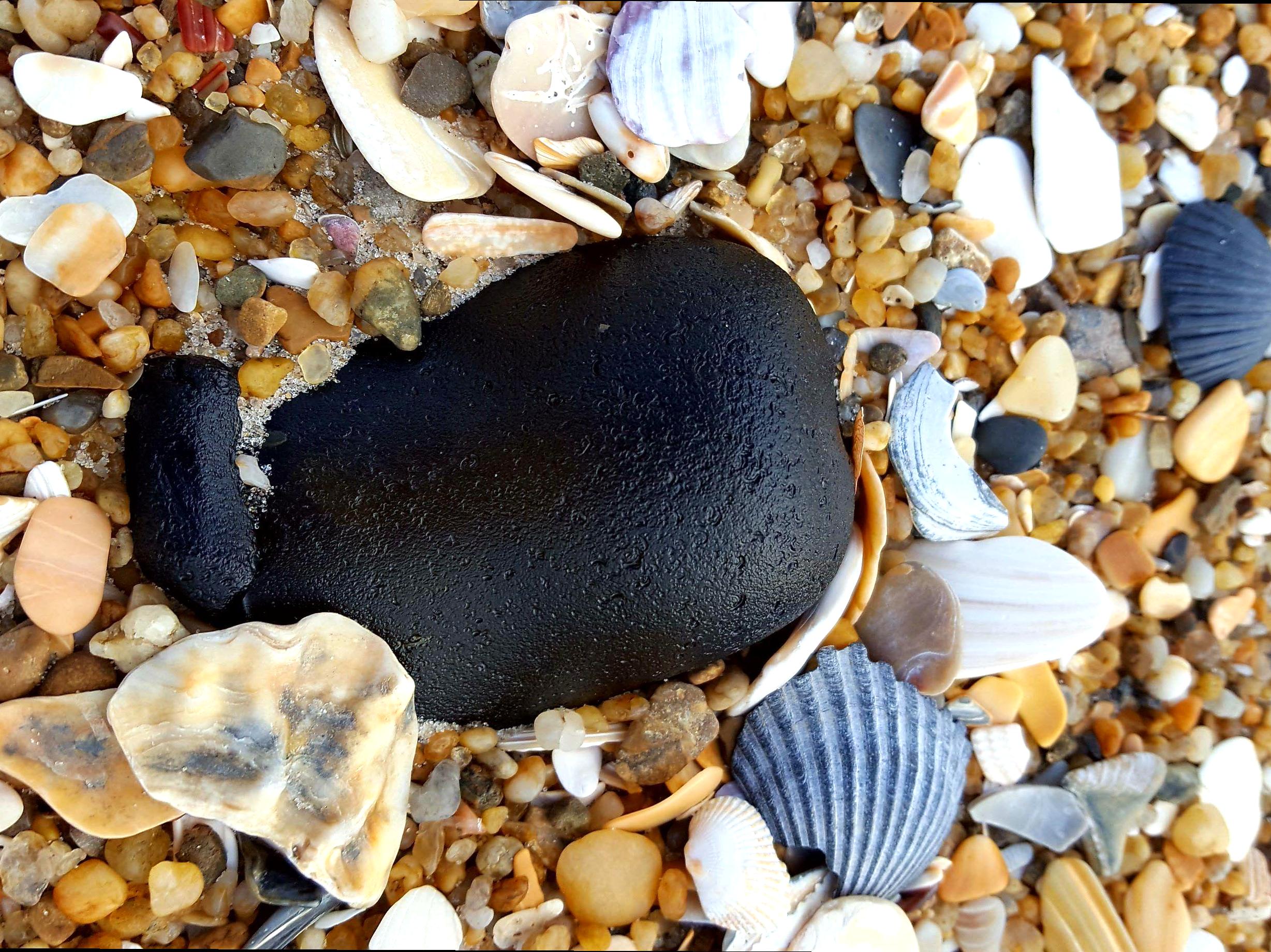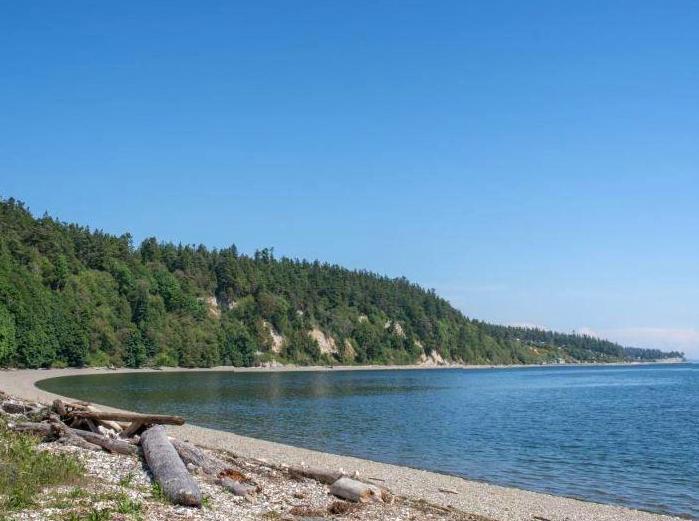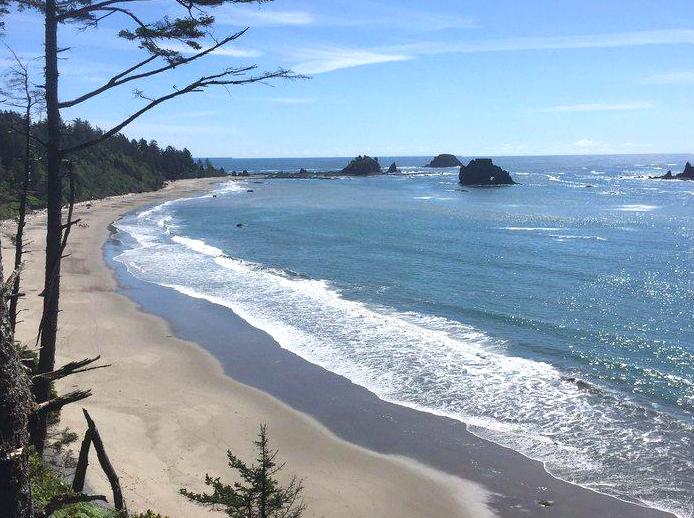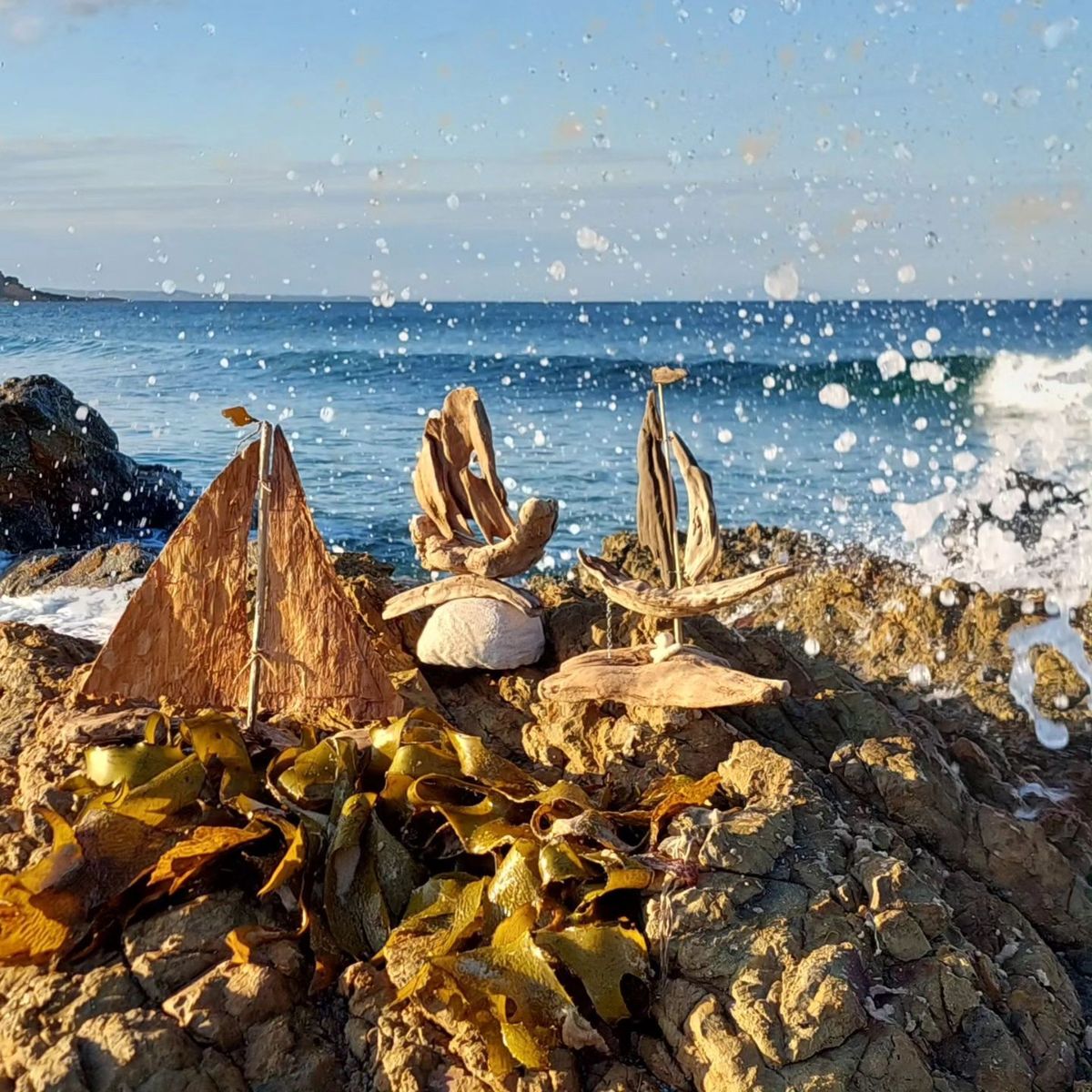Beachcombing at Pilgramunna offers a unique and enriching experience for both the seasoned and novice beachcombers. This pristine location, nestled within the Ningaloo Coast World Heritage Area in Western Australia, is renowned for its crystal-clear waters, diverse marine life, and breathtaking coastal scenery. Whether you are searching for unique seashells, marine artifacts, or simply hoping to bask in the natural beauty, Pilgramunna has something for everyone.

Location and Accessibility
Pilgramunna is located within the Cape Range National Park and is easily accessible by car. The park is well-signposted, and the roads leading to Pilgramunna are well-maintained. Upon arrival, you will find designated parking areas and clearly marked trails that guide you towards the beach. It’s essential to bring appropriate footwear, as the terrain can be a mix of sandy paths and rocky outcrops.
Aside from driving, some adventurous types opt to explore the coastline by kayak, given the area’s calm waters. Regardless of your chosen method of travel, ensure you carry enough water, sun protection, and supplies, as amenities are limited. The area is remote, enhancing the feeling of discovering an untouched natural treasure.
Best Times to Visit
The best time to visit Pilgramunna for beachcombing is during the cooler months from May to October. During this period, the temperatures are mild, and the chance of encountering warm, calm waters is high. Early mornings or late afternoons are particularly rewarding times, offering the serenity of a quieter beach and the golden hues of sunrise or sunset.

Tide times are a crucial factor to consider. Low tides expose more of the beach and rock pools, presenting more opportunities to find interesting marine life and shells. Conversely, high tides can bring in unique treasures from the ocean, deposited along the high-water mark. Checking a local tide chart before your visit can enhance your beachcombing experience.
Items to Bring
When preparing for a day of beachcombing at Pilgramunna, it is essential to pack wisely. The following items will ensure you have a comfortable and successful outing:
- A sturdy pair of water shoes or sandals for navigating rocky areas.
- A durable bucket or mesh bag for collecting found treasures.
- Sunscreen, hat, and sunglasses to protect against the sun’s rays.
- Plenty of water and snacks to stay hydrated and energized.
- A field guide to marine life and shells to help you identify your finds.
In addition, a small spade or trowel can be helpful for digging in the sand, while a magnifying glass is perfect for examining smaller specimens. Always remember to bring a trash bag to carry out any litter you may find and contribute to the conservation of this beautiful coastal environment.

Flora and Fauna
Pilgramunna is not only celebrated for its marine treasures but also its diverse flora and fauna. The beach and surrounding coastal areas are home to an array of plant species, including hardy coastal grasses, vibrant wildflowers, and resilient succulents that thrive in the sandy soils. Walking through the area’s trails, you may also encounter bird species such as shorebirds and sea eagles, which are commonly spotted feeding along the water’s edge.

Marine life is abundant in Pilgramunna, with the Ningaloo Reef providing a unique underwater habitat. While beachcombing, you might find a variety of shells, starfish, and occasionally even small crabs. Snorkeling just off the coast can reveal colorful coral formations and tropical fish, making Pilgramunna a haven for nature enthusiasts both above and below the water.
Ethical Beachcombing
Beachcombing at Pilgramunna, or anywhere else, comes with a responsibility to protect the natural environment. It’s important to follow ethical beachcombing practices to ensure that future generations can also enjoy the beauty of these coastal treasures. Firstly, adhere to the “take only pictures, leave only footprints” philosophy. Avoid removing live creatures or their habitats, as this can disrupt the delicate balance of the local ecosystem.
Secondly, be mindful of local regulations regarding the collection of shells and other natural artifacts. In some protected areas, it may be illegal to remove any part of the environment. Lastly, always clean up after yourself and participate in beach clean-ups when possible. Picking up litter, even if it isn’t yours, helps maintain the pristine condition of Pilgramunna.
Conclusion
Beachcombing at Pilgramunna is a rewarding and enriching experience that offers the chance to connect with nature in a unique and meaningful way. By planning your visit with consideration of the best times, bringing the right equipment, and following ethical guidelines, you can ensure a successful and enjoyable adventure. The diverse flora and fauna, combined with the pristine beauty of the area, make Pilgramunna an unforgettable destination for anyone with a love for the coastal environment.
FAQs
What is the best time of year to go beachcombing at Pilgramunna?
The best time to visit is during the cooler months from May to October, when temperatures are mild and the weather is most favorable for exploring the beach.
Is it legal to collect shells and other marine artifacts at Pilgramunna?
Regulations may vary, so it is important to check local guidelines before collecting. In some protected areas, it may be illegal to take any natural artifacts.
What should I bring when beachcombing at Pilgramunna?
Essentials include water shoes, a collection bucket, sunscreen, plenty of water, snacks, and a field guide for marine life and shells.
Can I reach Pilgramunna without a car?
While a car is the most convenient way to access Pilgramunna, some people also enjoy reaching the area via kayak from nearby coastal locations.
What kinds of wildlife can I expect to see at Pilgramunna?
Expect to see a variety of shorebirds, sea eagles, and marine life, including shells, starfish, small crabs, and, if you snorkel, colorful coral formations and tropical fish.
